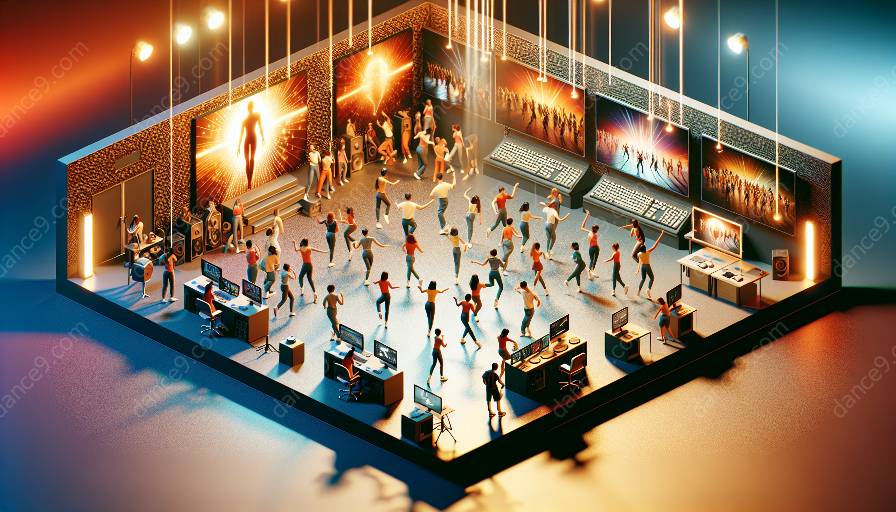Video mapping, also known as projection mapping, has transformed stage design for dance, creating a synergy between dance and technology in a visually engaging way. This article explores how video mapping has reshaped the dance performance landscape and its relationship with video art.
The Meeting of Dance and Video Art
In the realm of contemporary dance, video mapping has proven to be a powerful tool for enhancing the overall experience of a performance. By integrating projections that interact with the dancers and the stage, video mapping allows for a seamless blend of choreography and visuals, thereby enriching the storytelling and emotional impact of a dance piece.
Video mapping enables choreographers and stage designers to create immersive environments that transport the audience to new realms, adding layers of meaning and depth to the performances. The synchronization of movement, imagery, and sound elevates the artistic expression and connects the audience to the essence of the dance piece.
Enhancing Dance through Technology
Technology serves as an invaluable medium for pushing the boundaries of dance, and video mapping is at the forefront of this innovation. By utilizing projectors and specialized software, dance performances can transcend traditional spatial limitations, unlocking new creative possibilities for choreographers and designers.
Video mapping also allows for the creation of illusions and transformations within the performance space, providing opportunities for dancers to interact with dynamic visuals and explore unconventional stage dynamics. The marriage of dance and technology through video mapping opens doors to experimentation and collaboration, fostering a dynamic and progressive dance landscape.
The Artistry of Video Mapping
Video mapping itself is a form of art that requires a deep understanding of spatial relationships, visual storytelling, and technical precision. The process involves mapping video onto physical surfaces, such as stages or architectural elements, often incorporating 3D modeling and motion graphics to achieve captivating effects.
Artists and designers utilize video mapping to craft mesmerizing visuals that complement the body language of the dancers, creating a harmonious interplay between the human form and the digital realm. This fusion of art forms amplifies the emotional resonance of dance, and the visual impact becomes an integral component of the performance itself.
Pushing Boundaries and Inspiring Creativity
By integrating video mapping into stage design for dance, artists have the opportunity to reimagine the traditional boundaries of performance spaces and transcend conventional norms. This fusion of dance and technology has the power to inspire creativity, pushing choreographers, designers, and audiences to embrace new perspectives and experiences.
As video mapping continues to evolve, it not only enhances the visual spectacle of dance performances but also encourages interdisciplinary collaborations, sparking the birth of innovative artistic endeavors that harmonize the realms of dance, video art, and technology.

































